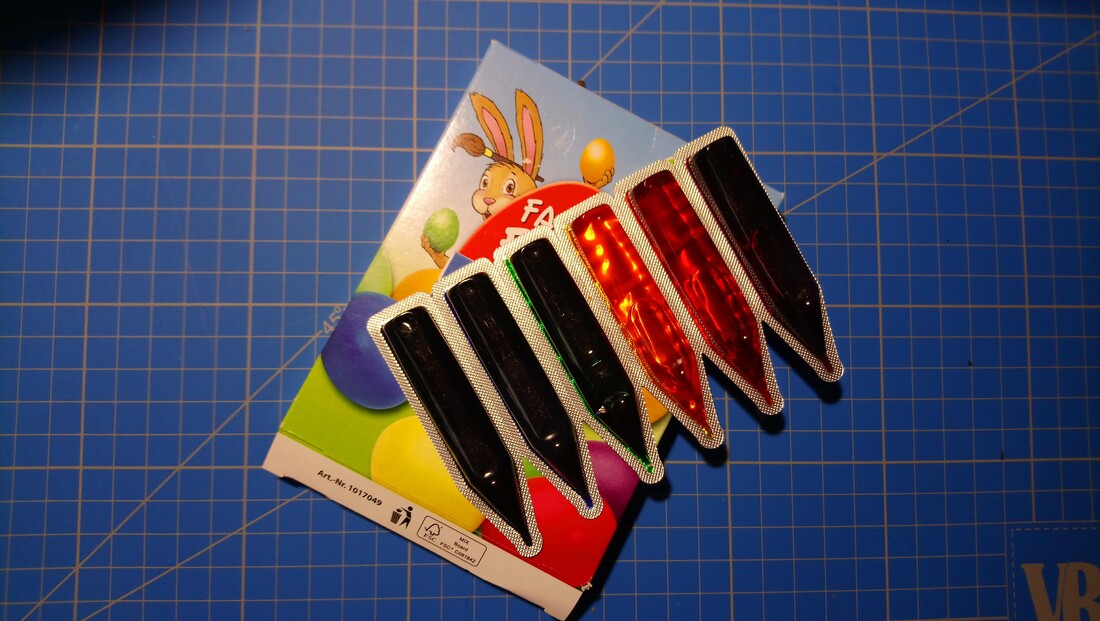Opening a box of Easter egg dyes recently, a smile came across my face when I read the instructions, and I simply had to share some more interesting German language facts with you.
The phrase ‘kalt gefärbt und heiß geliebt’, translated by the manufacturer as ‘cold dyed and much loved’, illustrates a semantic peculiarity of German given some extra attention in the last spelling reform. You may have heard of a group of adjectives consisting of two words or one, depending on how you want to write them or the literal or figurative meaning. The ‘compound’ spelling – two adjectives combined into one word – sometimes conveys a sense that is ‘more than its parts’.
Both spellings are usually correct, as the bible of German, the Duden will tell you, but some controversy over the loss of semantic differentiation (and because Germans simply love compounds!) meant that since 2006 the need to split adjectives is no longer the official spelling rule.
The phrase in the packaging of the Easter egg dyes, on the other hand, illustrates a wordplay based on the opposites of cold and hot: the eggs can literally be coloured using a ‘cold’ dye, and choosing the two-word spelling for 'heißgeliebt' here was really a matter of balance and parallel structures. Nice, huh?
Do you have similar instances of semantic or orthographic peculiarities of German that you would like to discuss with me? Send me a message or an email, and let’s talk.
In the meantime, I wish all friends and clients of Witinall Language Services a very
HAPPY EASTER!
Yours,
Alexandra


 RSS Feed
RSS Feed